
Essential PPE in the Food Industry: What You Need to Know
Overwhelmed by PPE options for food safety? Master your PPE selection for food workers safety with these practical tips.
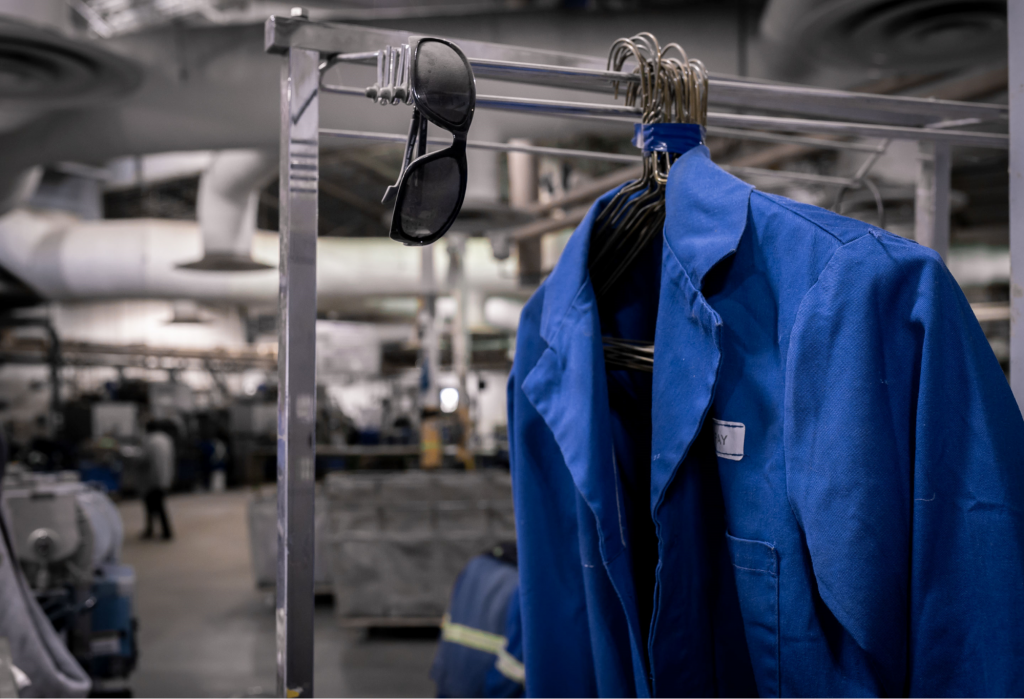
Get 20€ off on your first order!
Keeping your coveralls clean and well-maintained is essential to extend their lifespan and ensure they perform at their best. Discover how this guide can help you maintain the comfort, durability, and protective features of your workwear, ensuring it serves you effectively for the long haul.
This guide promises to equip you with all the essential steps and tips to care for your coveralls, from proper washing techniques to storage and repair.
By the end of this article, you’ll not only know how to keep your coveralls in top condition but also discover solutions for selecting your next pair when needed.
For guidance on selecting the right coveralls for your needs, explore our comprehensive Buyer’s Guide to Coveralls.
Keeping your coveralls clean requires attention to detail and adherence to proper washing methods. Follow these steps for best results:
Each pair of coveralls comes with a care label detailing specific cleaning instructions. These instructions are essential for maintaining protective features such as flame resistance or waterproofing. Common symbols include:
| Symbol | Meaning |
| Machine Wash | Safe to machine wash |
| Hand Wash Only | Requires gentle cleaning |
| Do Not Bleach | Avoid harsh chemicals |
| Low Heat Drying | Use a low-temperature dryer |
Refer to the European Laundry Symbols Guide for clarity on these labels.
Before washing, treat stains to prevent them from setting:
Machine wash your coveralls separately from other clothing. Use mild detergent and set your machine to a gentle cycle.
Using fabric softeners can diminish the flame-retardant properties of your coveralls. By avoiding them, you help maintain the integrity and protective features of the fabric, ensuring optimal performance and safety.
Air drying is the safest option, especially for heavy-duty fabrics. If using a dryer, choosing a low-heat setting helps preserve the shape and quality of the fabric, ensuring your coveralls remain durable and functional for longer.

Proper maintenance goes beyond washing. To maximise the lifespan of your workwear, consider the following:
After each use, inspect your coveralls for signs of wear, such as:
Quickly repairing minor issues helps extend the lifespan of your coveralls while maintaining their protective and functional qualities.
Small fixes like patching holes or replacing zippers can be managed with tools like a sewing kit or adhesive fabric patches.
For heavier repairs, specialized kits are available online or at industrial supply stores. Learn more about common coverall repairs here.
Store your coveralls in a cool, dry place to preserve their fabric strength and ensure longevity. Proper storage helps maintain their quality and prevents damage caused by prolonged exposure to sunlight. Fold or hang them to maintain shape and prevent creasing.
If possible, alternate between multiple pairs of coveralls. This reduces wear and tear on individual garments and ensures you always have a clean pair ready for use.
Different types of coveralls require unique maintenance approaches:
| Type of Coverall | Care Tips |
| Flame-Resistant Coveralls | Avoid fabric softeners and high-heat drying. |
| Waterproof Coveralls | Reapply waterproofing treatments periodically. |
| Lightweight Workwear | Wash on a gentle cycle to preserve thin fabrics. |
For more insights, refer to 7 Ways to Maintain Workwear.
Maintaining and cleaning coveralls often involves additional considerations for related products and accessories. If you’re exploring options, consider these categories:
Need a buyer’s perspective? Visit Bib Overalls: Selecting the Right Protective Clothing.
We hope this guide has been helpful in equipping you with all the essential knowledge to maintain and clean your coveralls for optimal durability and performance. Whether you’re tackling tough industrial tasks or handling lighter work, these tips ensure your gear stays reliable and professional.
Explore our Coveralls Collection to find high-quality options that match your needs. Trusted brands and durable designs are just a click away.
If you have further questions or need personalized advice on selecting or maintaining your coveralls, don’t hesitate to reach out—we’re here to support you every step of the way.
– The Droppe Team
Thank you! You've signed up for our newsletter.




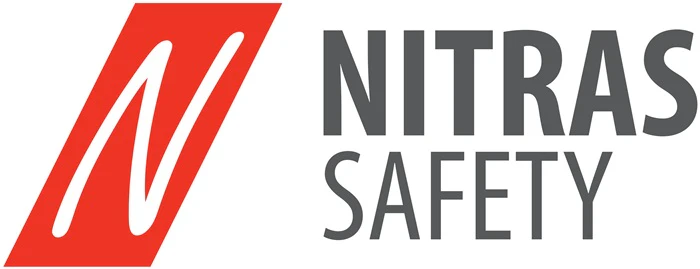





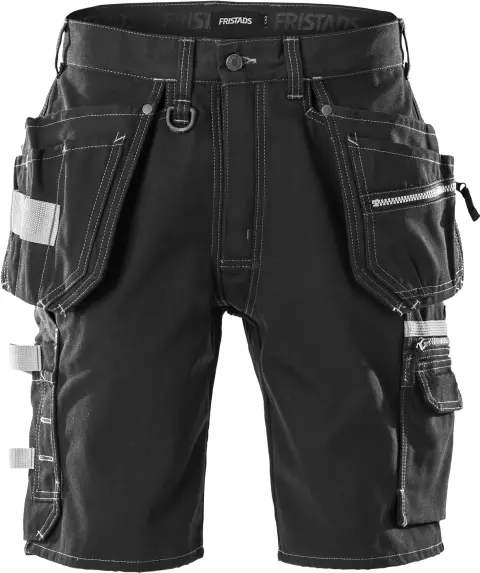
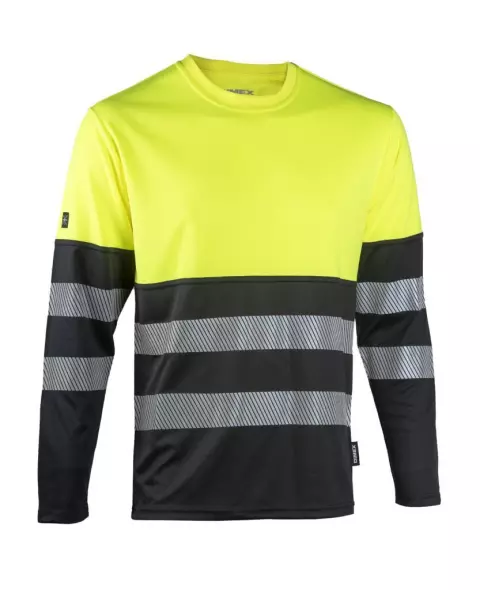
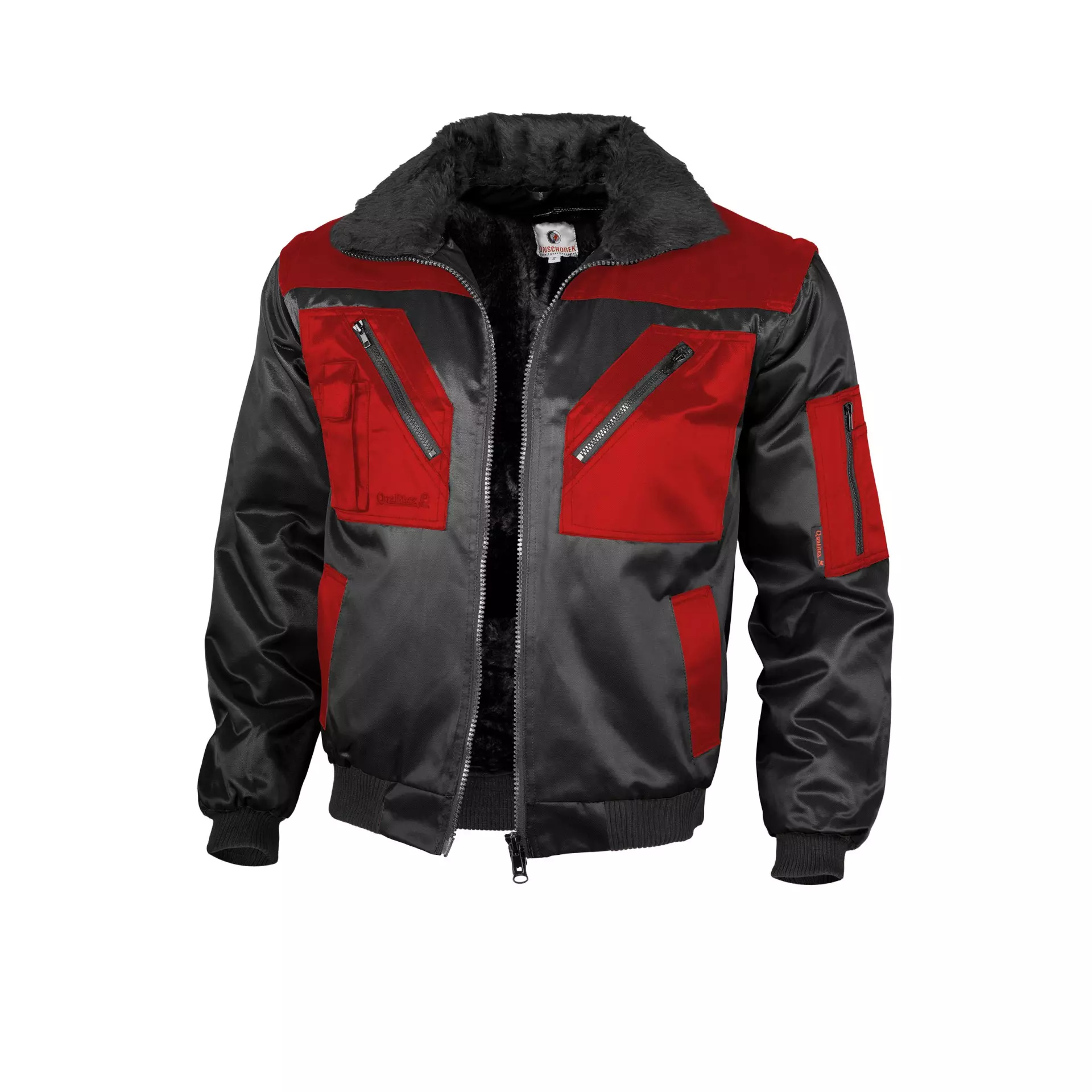
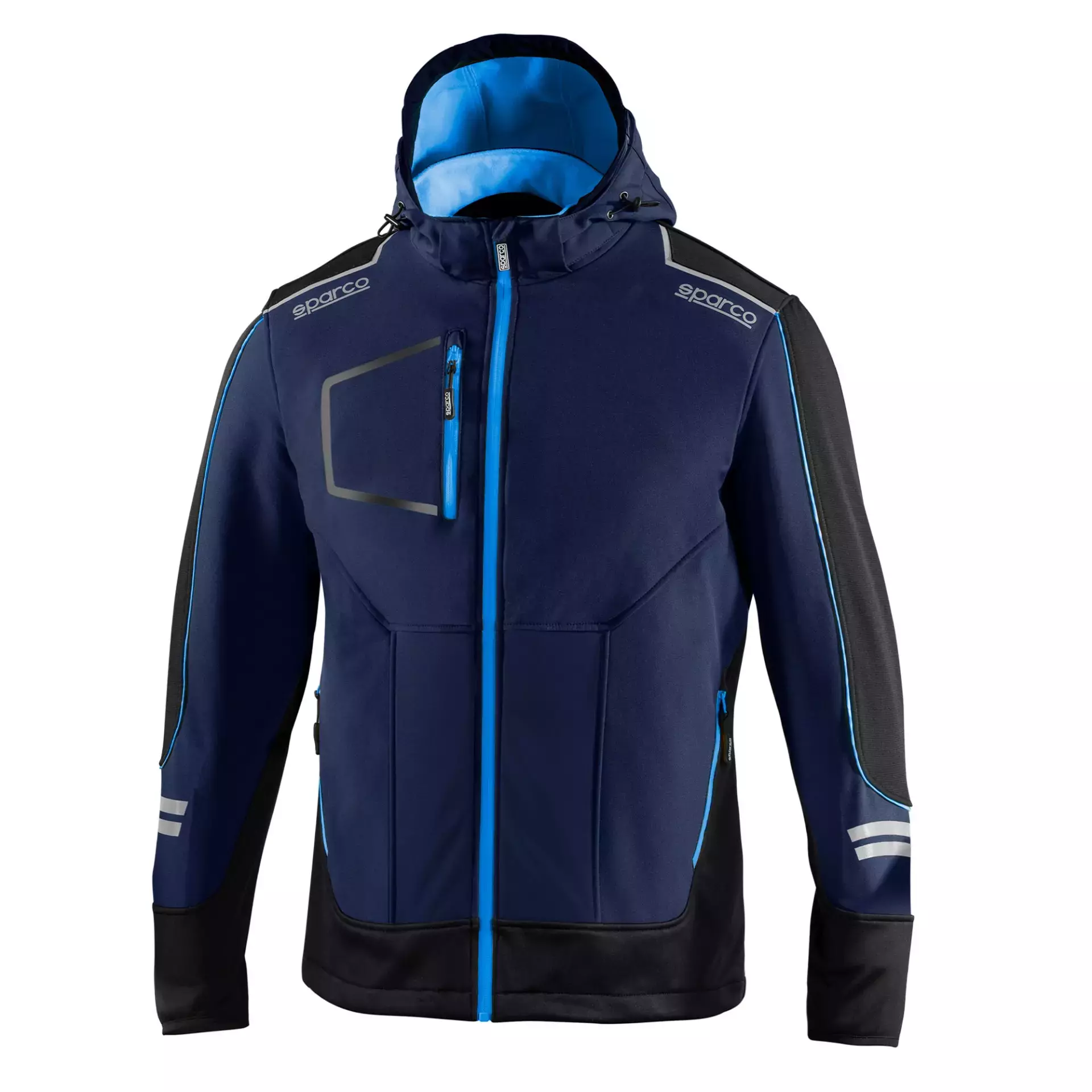





Overwhelmed by PPE options for food safety? Master your PPE selection for food workers safety with these practical tips.

Struggling to maintain clear vision in demanding environments? This guide is here to help. By the end, you’ll know exactly...

Electricians across Europe face unique challenges that require reliable safety glasses to ensure both protection and efficiency. Whether safeguarding against...

Overwhelmed by PPE options for food safety? Master your PPE selection for food workers safety with these practical tips.

Struggling to maintain clear vision in demanding environments? This guide is here to help. By the end, you’ll know exactly...

Electricians across Europe face unique challenges that require reliable safety glasses to ensure both protection and efficiency. Whether safeguarding against...
Get 20€ off on your first order!
Save 30% by buying directly from brands, and get an extra 10€ off orders over €100
Save 30% by buying directly form brands, and get an extra 10€ off orders over €100